On September 5 at 02:09 UTC, SpaceX launched the Falcon 9 rocket, which was carrying 51 Startlink satellites as well as a Spaceflight Sherpa-LTC, an orbital transfer vehicle. from the Cape Canaveral Space Force Station in Florida. This is SpaceX's 40th mission this year, which aims to provide satellite Internet service from anywhere in the world.
The event occurred around 04:17 UT. The SMART Project detectors that recorded the event are those operated at the Calar Alto observatories in Almería, Sierra Nevada in Granada and La Hita in Toledo.
Falcon 9 launches 51 Starlink satellites and Spaceflight’s Sherpa-LTC to orbit pic.twitter.com/6sjswVI0fH
— SpaceX (@SpaceX) September 5, 2022
The preliminary analysis carried out by Professor José María Madiedo (IAA-CSIC Institute of Astrophysics of Andalusia) has concluded that they are the Starlink satellites that Space X put into orbit in the early hours of September 5. The following video captured from the cameras of the Calar Observatory shows how the satellites enter the Earth's orbit (the video is accelerated at 4x):
This video links to the news published yesterday from CAHA, in which you could see the cloud of gases coming from the propellants of the second stage of the Falcon 9 that managed to slow it down to deorbit it and cause its re-entry, thus preventing to remain as space debris around our planet.
Calar Alto (CAHA) fireball detection station, together with the one at the Observatory of Sierra Nevada (IAA-CSIC) and others placed at different locations in Spain, are part of the S.M.A.R.T. project led by Professor José María Madiedo (IAA) to track that kind of objects. Specifically, Calar Alto (CAHA) station and the one at Sierra Nevada (IAA-CSIC) constitute a collaboration agreement between the IAA researcher José María Madiedo and both institutions.
 English (UK)
English (UK)
